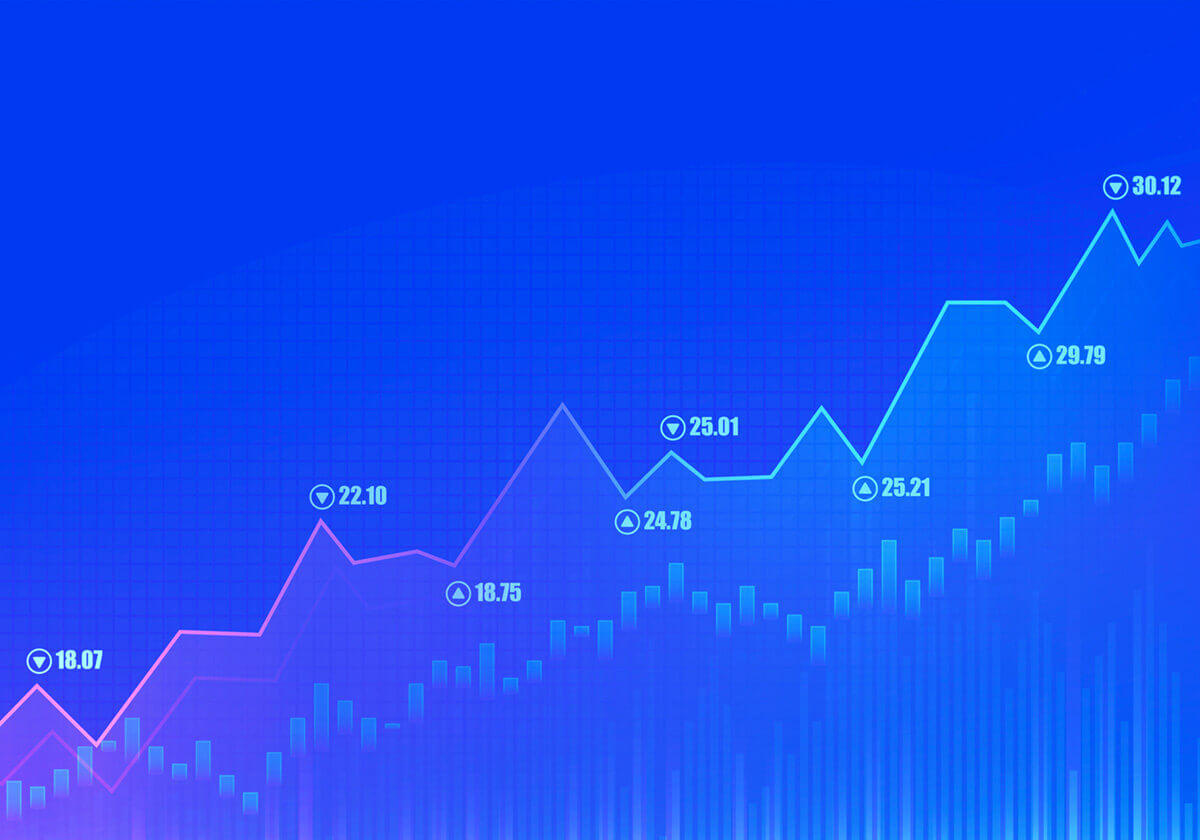Sep 25th, 2024
Watch the video short here
Financial markets have undergone a radical transformation over the past few decades, driven by technological advancements that completely changed how trades are executed. While these changes have brought unprecedented speed and efficiency, they have also introduced new challenges and risks. Our recent webinar, "Trading Safeguards: Enhancing Security with OMS Risk Controls," explored these issues while highlighting the necessity of effective risk management and the importance of safeguards within an Order Management System (OMS).
By setting the stage with historical examples and industry insights, context was provided for understanding the significance of these controls and how they help firms navigate the complexities of modern trading.
The Role of Technology in Modern Trading
With the advent of sophisticated algorithms and automated trading platforms, transactions that once took minutes or even hours can now be executed in milliseconds. This shift has increased the volume of trades and expanded market access, allowing a broader range of participants to trade across various asset classes. Additionally, electronic trading has enhanced market transparency, providing real-time data and analytics, enabling better decision-making for institutional and retail investors.
However, alongside these benefits, the rapid evolution of technology has also introduced new risks, including the potential for technical glitches and erroneous trades. As the industry continues to embrace digital innovations, robust risk controls, and oversight mechanisms become even more critical to ensure the stability and integrity of the markets.

Understanding the Impact of Erroneous Trades
Erroneous trades have been a notable concern in the financial markets for over two decades. These errors, whether from simple human mistakes or complex technical glitches, can have far-reaching consequences often resulting in substantial financial losses and regulatory fines. A historical analysis reveals that incidents of erroneous trades, whether due to incorrect order sizes or execution errors, frequently make headlines and involve significant sums of money. For instance, the word cloud from our webinar illustrates the prominence of terms such as "authority," "billion," and "institution," highlighting the involvement of major regulatory bodies and the large-scale impact of such trades. The financial repercussions of these incidents can be devastating, emphasizing the critical need for effective risk controls to safeguard against such errors and protect both firms and the broader market.
The consequences of erroneous trades can be severe, often leading to substantial financial penalties where it is not uncommon for regulatory authorities to respond with hefty fines sometimes reaching into the millions of dollars. Beyond the immediate financial impact, erroneous trades can significantly erode investor confidence and disrupt market stability when large orders or significant asset classes are affected. The repercussions extend to operational challenges, as firms may need to invest in additional compliance measures and technologies to prevent future occurrences. These erroneous trades further stress the necessity of sufficient coverage across risk controls and monitoring systems within an OMS to safeguard against potential errors and protect the integrity of the financial markets.
Challenges of Technological Advancements
While the advancements in electronic trading have brought numerous benefits, they have also introduced unforeseen consequences that pose significant risks to the market. One of the primary concerns is the potential for technical glitches and algorithmic errors, which can lead to unintended trades or market anomalies resulting in rapid and substantial financial losses. Additionally, the sheer speed and volume of electronic trades can amplify the impact of these errors, making it challenging to intervene and correct them in real-time. Another consequence is reduced human oversight in trading, making detecting and responding to anomalies more difficult. As trading systems and algorithms handle a growing volume of transactions, the potential for errors and market disruptions also rises. Risk controls are needed to ensure that trades are executed within predefined limits and anomalies are quickly detected and addressed. These controls help prevent catastrophic errors, such as fat-finger trades or algorithmic malfunctions, which can lead to significant financial losses and regulatory scrutiny.
Furthermore, with stringent regulatory requirements like FINRA Rule 15c3-5 and MiFID II, firms must implement comprehensive risk management frameworks to comply with industry standards and protect their operations. Effective risk controls enhance market stability and build trust among investors and stakeholders, reinforcing the firm's commitment to maintaining a secure and transparent trading environment.
Personal Perspective: From Trader to Technology Expert
Reflecting on my journey from a trader to a technology expert, I've witnessed firsthand the transformative impact of electronic trading on the financial industry. Starting my career on the trading floor, I navigated the complexities of manual trading, which required keen intuition and real-time decision-making under pressure. As the industry evolved, I transitioned to technology, embracing the emergence of automated trading systems and algorithms. This shift has provided invaluable efficiencies and accuracy, but it has also highlighted the critical need for robust risk controls to manage the newfound challenges. My experience has taught me that while technology can significantly enhance market operations, the human element remains essential in overseeing these systems and ensuring they function as intended. This perspective drives my commitment to developing comprehensive risk management solutions that safeguard against potential errors and uphold the integrity of the markets.
The Importance of Risk Controls in OMS
An effective approach to risk management in modern trading environments typically includes pre-trade, at-trade, and post-trade controls:
Pre-trade controls involve setting limits on order sizes, verifying asset availability, and ensuring compliance with regulatory and internal policies.
At-trade controls monitor trades in real-time, providing oversight to prevent exceeding risk thresholds and detecting unusual trading patterns.
Post-trade controls focus on reconciliation and analysis, ensuring accurate trade recording and settlement, and promptly addressing any discrepancies.
This multi-layered approach should integrate advanced technologies such as automated monitoring and alert systems, to enhance efficiency and responsiveness. This would not only mitigate potential risks but also support a firm’s ability to adapt to market changes and regulatory updates, fostering a secure and compliant trading ecosystem.
Conclusion
As firms navigate the complexities of modern electronic trading, the importance of effective risk management cannot be overstated. The lessons learned from past incidents of erroneous trades, combined with the challenges presented by rapid technological advancements, showcases the need for vigilant oversight and adaptive risk controls. By implementing a thorough risk management framework that encompasses pre-trade, at-trade, and post-trade controls, firms can better protect themselves and the broader market from potential disruptions.
Links and Contact Information:
We look forward to learning more about your trading needs.

Market Asymmetry Before It Moves You
In today’s markets, sharp price moves rarely come out of nowhere. They build quietly ...

Sterling OMS 360: A New Era in OMS
The newly launched OMS provides the only real-time margin and multi-asset capability during ...

The Intersection of Pre- and Post-Trade Risk
Effective risk management is paramount in today's fast-evolving financial landscape. Firms ...

Sterling Trading Tech wins Best Listed Derivatives Trading Platform in APAC - Recognized at the A-Team Capital Markets Technology Awards APAC 2025
Sterling Trading Tech (Sterling), a leading provider of professional trading technology ...